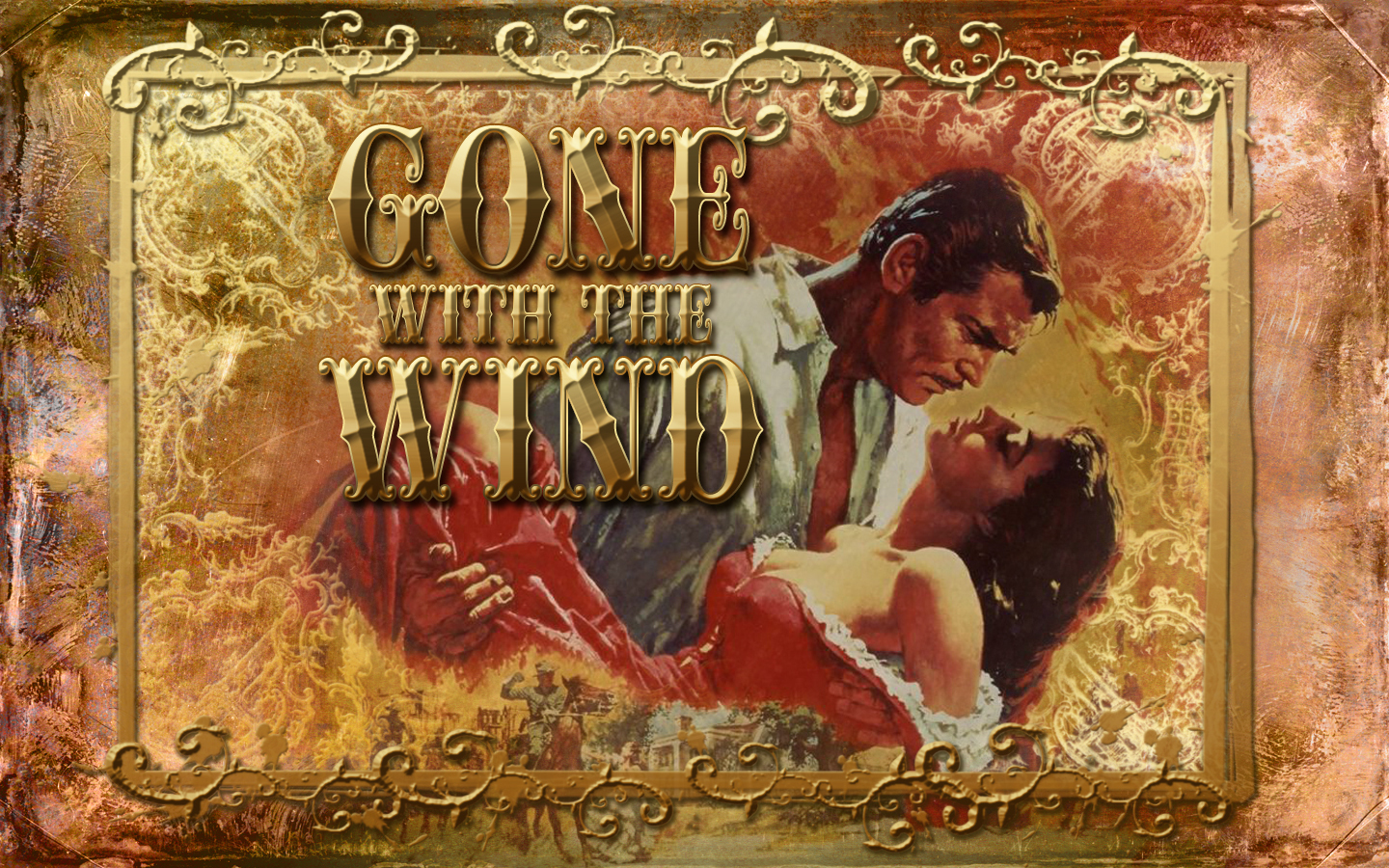1. Relate what was discussed in class or the text to the screening.
Citizen Kane has clearly left its mark on American film history. The film received nine Oscar nominations, and its creator, Orson Welles, received four. Primarily inspired by the life of William Randolph Hearst, the main plot device, "Rosebud," has famously confused and intrigued audiences generations later. It is unique in many ways, from its twist, to the lighting and camera techniques used to film scenes, and of course its non-linear storyline. Orson Welles' willingness to explore his role as auteur no doubt helped establish Citizen Kane as one of the best films of all time.
2. Find a related article and summarize the content.
As noted in The Guardian's page "The Mystery of Rosebud - Explanation", the twist ending of Citizen Kane, where it is revealed that "Rosebud" was the name of Kane's childhood sled, did not seem to answer many of the questions that its existence stirred. Some have speculated as to it's deeper meaning: Does it symbolize a longing for childhood innocence? Is it a dirty joke at Hearst's expense? I made my own conclusions about Rosebud's meaning after viewing the film.
3. Apply the article to the film screened in class.
The audience is initially led to believe that the word "Rosebud," the last thing Charles Foster Kane uttered before his death, is a significant clue in unshrouding the mysterious newspaper tycoon's life. Reporter Jerry Thompson sets out to solve its meaning by interviewing key players in Kane's life. Throughout the interviews, Thompson explores facets of the protagonist's existence as explored by each narrator, but his main focus is always on one thing: Rosebud. Despite speaking to associates Bernstein and Leland, second wife Susan Alexander, and butler Raymond, the reporter cannot decipher the word's meaning or its significance to Kane. When discussing his fruitless efforts, he ponders:"Anyway, it wouldn't have explained anything... I don't think any word can explain a man's life. No, I guess Rosebud is just a... piece in a jigsaw puzzle... a missing piece." - Jerry Thompson, Citizen Kane
Thompson was insightful enough to realize that Rosebud was not the end-all be-all that would explain the deepest corners of Kane's mind, and yet he was not self-aware enough to realize that the people he interviewed were veritable sources of insight into that very man. If he wanted to know what really made Kane tick, he didn't need Rosebud for that; he just needed to listen more closely to the information he collected from the millionaire's closest consorts.
The article goes as far as calling Rosebud a McGuffin, explaining:
"But, as with so much in life, perhaps the real answer to the mystery of Rosebud is the most straightforward. Alfred Hitchcock coined the term McGuffin to mean an item of immense importance to the characters, at the centre of the plot, but which "to me, the narrator, [is] of no importance whatsoever". (The Guardian)Rosebud was essentially a distraction. It was the distraction that the world wanted, and the buzzword that Thompson needed. Rosebud, had its meaning been profound and discovered, would have been part of the perfect headline. It's ironic that Kane, who was notorious for sensationalist journalism, had people desperately trying to dig up his inner-most secrets in death.
As the lead actor, Welles even "aged" with his character through very convincing special effects makeup. There were times while watching where I completely forgot that it was a 25-year-old in prosthetics. Even though I knew better, my mind did not see a young man portraying an old man; it saw an old man portraying Charles Foster Kane.
Bibliography
- The Guardian. "The Mystery of Rosebud - Explanation".
- Welles, Orson (Director). 1 May 1941. Citizen Kane [Motion Picture]. United States: Mercury Productions
Name: Alison Coppola
Date: 10/22/15







